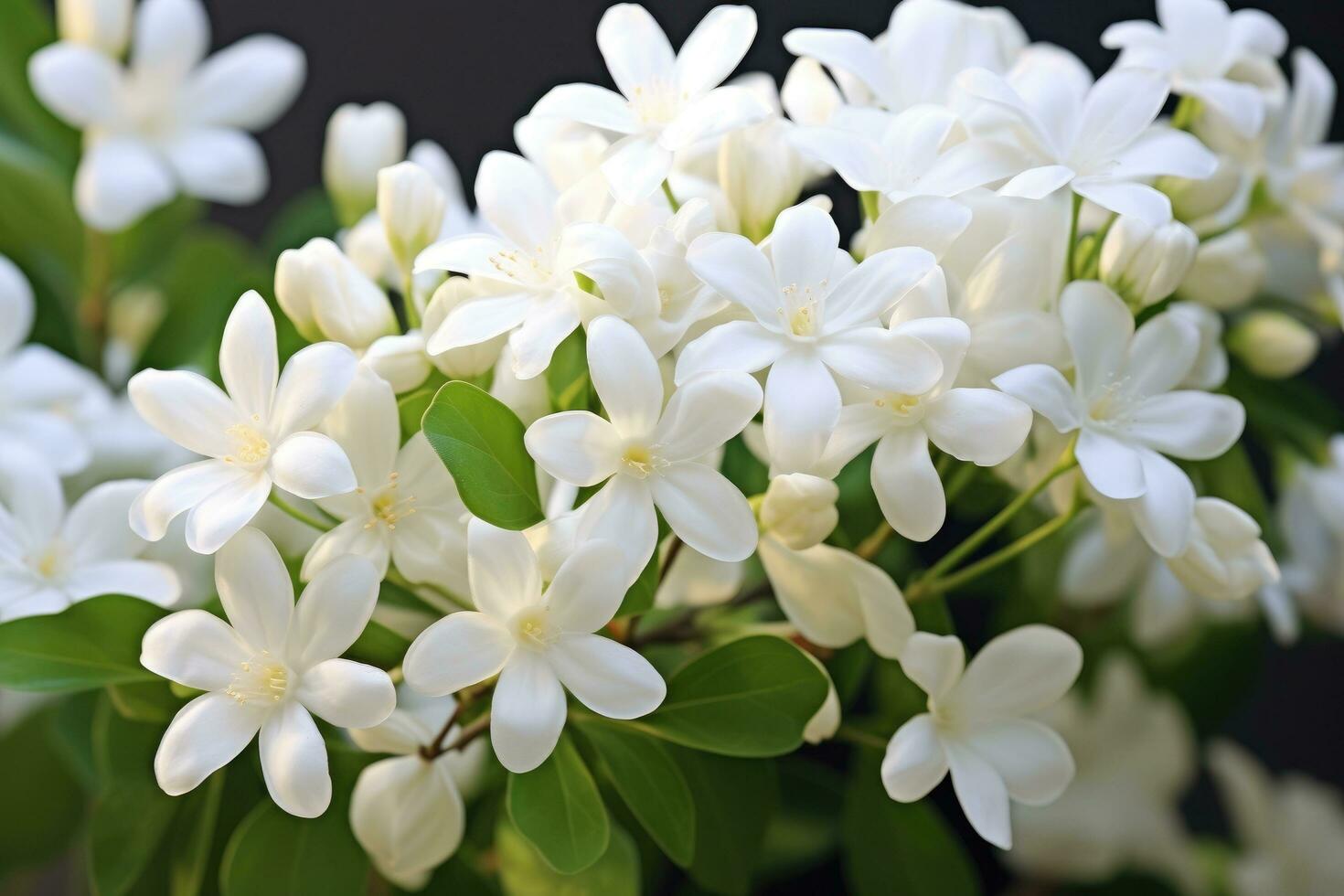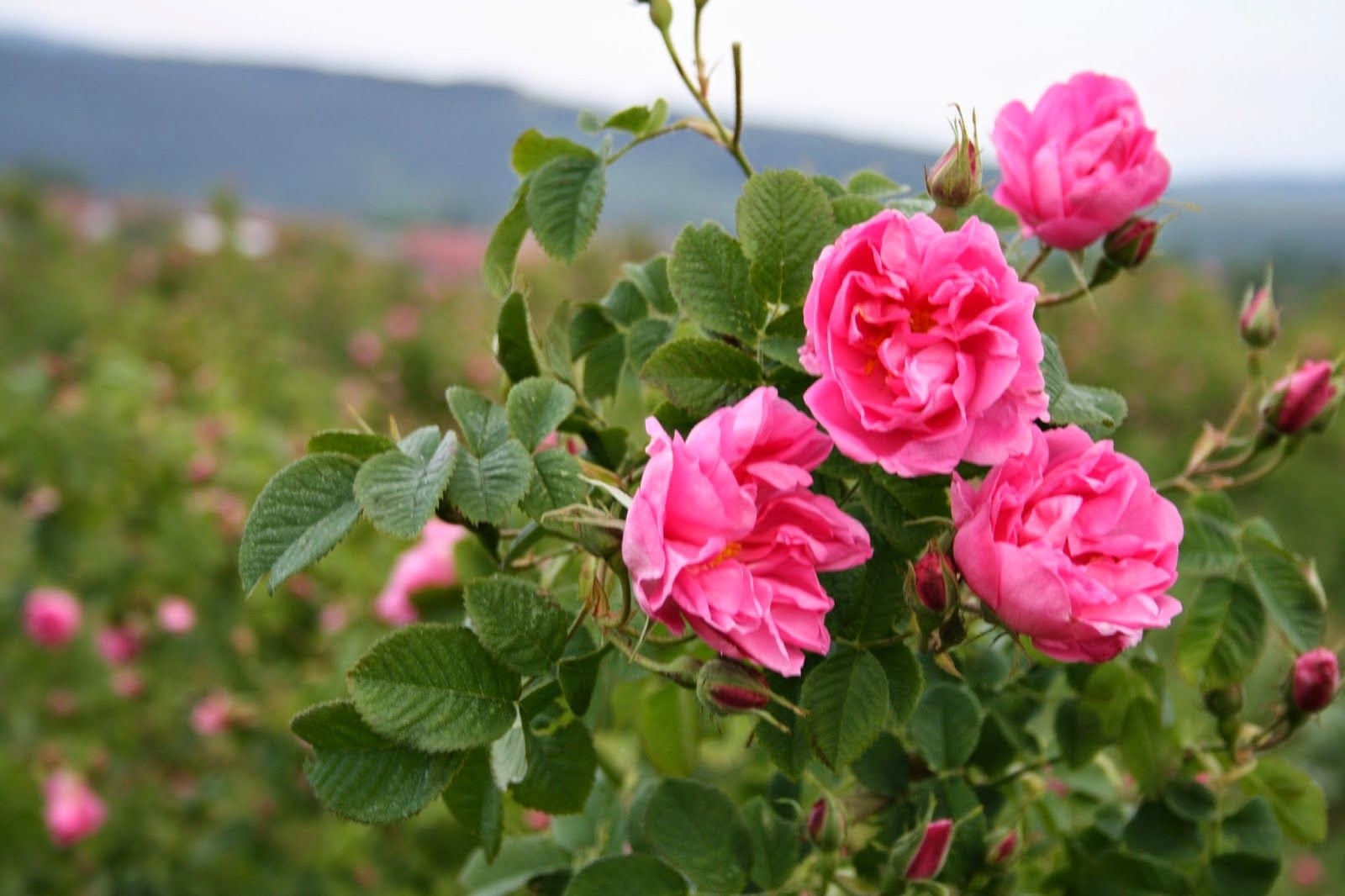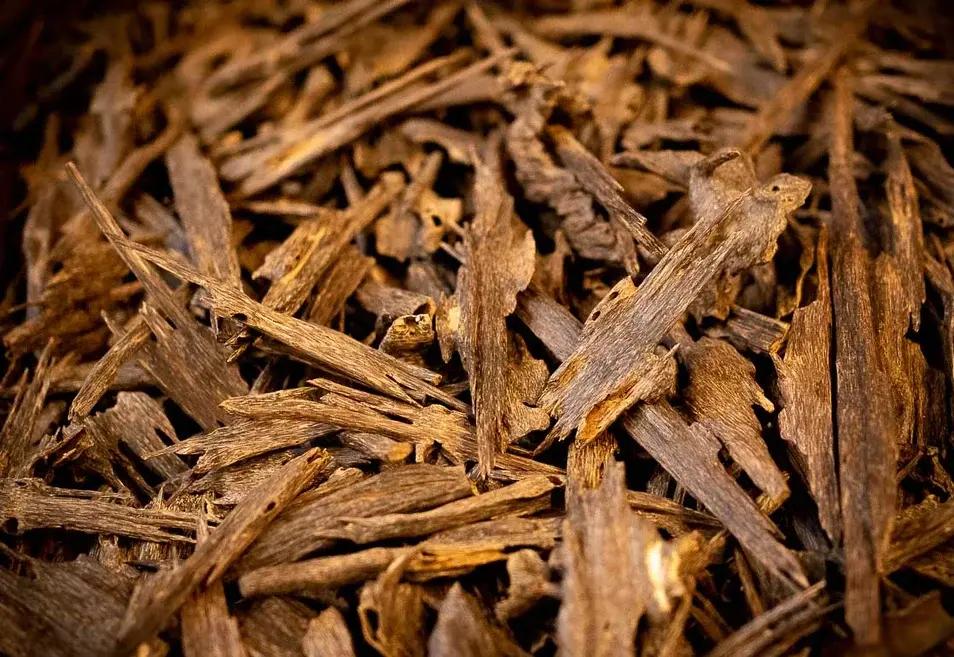Have you ever wondered why certain perfumes are priced so high? Yes of course it may be because of the brand and its prestige, but more so because of the ingredients that go into it. Fragrances are known to be expensive in general whether it is a perfume or an essential oil, most often owing to the rarity and complexity of the ingredients.
Moreover, the quality and purity of these ingredients also contribute to their elevated prices. Perfumers and fragrance houses prioritise sourcing ingredients that meet strict standards for aroma profile, potency, and sustainability. This commitment to quality ensures that each fragrance not only delights the senses but also maintains its integrity and superiority over time.
In this blog post, we’ll explore three of the most expensive fragrance ingredients:
- Jasmine
Jasmine is used in almost 80% of all women’s perfumes. It takes an estimate of 2000 pounds of jasmine flowers to make one pound of oil and 8000 flowers to make 1/25 ounce of the most precious and concentrated oil. Evidently, it is extremely expensive owing to the enormous amount of flowers needed to produce the oil. “The extraction process is also labor-intensive and requires many blossoms, which bloom only at night, making harvesting challenging,” says cosmetic beauty chemist David Petrillo. Jasmine blossoms are so delicate that they need to be stored in specific baskets to prevent damage to the petals. They must also be converted instantly into oil.

- Bulgarian Rose
Similar to jasmine, rose too is found in most fragrances. It takes a whopping 10000 pounds to produce one pound of rose oil. Bulgarian roses, especially Rosa Damascena, are grown in only a few places like the Rose Valley in Bulgaria, which generates 70% of the world’s rose oil. Due to this scarcity, they are highly prized for their fragrant aroma. This valley has had an extremely short picking season for almost 300 years. The flower-picking season lasts only a few weeks in May and June, and labourers must finish their work in the dark before dawn. Every flower needs to be cut by hand, placed in willow baskets, and sent right away to a distillery. “The extraction method, known as steam distillation, is time-consuming and requires a significant quantity of rose petals to yield a small amount of essential oil,” says Petrillo.

- Oudh
The wood of the agar, a wild tropical tree, is used to make oudh. Although harvesting the wood may seem easy, it is only when it gets infected with a mould called “Phialophora parasitica,” that the wood produces oud, a black, highly fragrant resin. It is said that oud is produced by merely 2 percent of agar trees, making it extremely valuable and hence pricey.
Owing to its scarcity, significant demand, and challenging extraction process, oud oil stands among the most costly types of oil globally. It was formerly considered to be worth 1.5 times the value of gold, and it’s occasionally called “liquid gold.”

